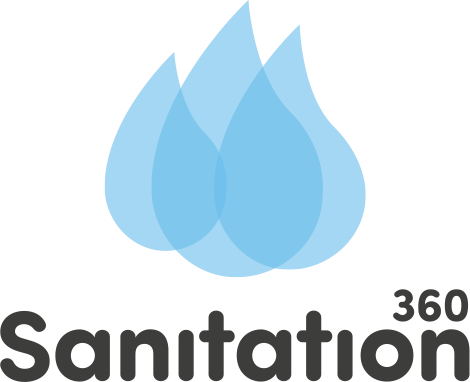Are there any pathogens or heavy metals in your urine fertilizer?
Pathogens
Urine is pathogen free when excreted from a healthy individual. However, some pathogens can sometimes be present due to cross contamination from faeces or enter the urine from the environment once you’ve peed. To ensure the safety of those using the fertiliser, our specially engineered stabiliser eliminates any potential pathogens. Research confirms that our process renders the fertilizer pathogen-free and safe for agricultural use.
References:
Rumeau, M., Pistocchi, C., Ait-Mouheb, N., Marsden, C., & Brunel, B. (2024). Unveiling the impact of human urine fertilization on soil bacterial communities: A path toward sustainable fertilization. In Applied Soil Ecology (Vol. 201, p. 105471). Elsevier BV. https://doi.org/10.1016/j.apsoil.2024.105471
Senecal, J. (2020). Safe Nutrient Recovery from Human Urine—System and Hygiene Evaluation of Alkaline Urine Dehydration. Department of Energy and Technology, Swedish University of Agricultural Sciences. https://res.slu.se/id/publ/105754
Heavy Metals
Only in extremely low concentrations—significantly lower than in animal manure, which is one of the most widely used fertilizers. Additionally, heavy metal levels in urine are often lower than those found in drinking water. Most heavy metals that exit the human body do so through faeces rather than urine (Vinnerås, 2002). This makes urine a cleaner nutrient source compared to other organic fertilizers.
Research also shows that the most common synthetic fertiliser used by EU farmers has up to ten times the cadmium levels that are allowed in sewage sludge for agricultural use in Sweden (Region Gotland, 2019). Knowing that heavy metals are mainly excreted in our faeces, the levels in our urine are significantly lower than in most fertilisers used today.
References:
Region Gotland. (2019). Frågor och svar om REVAQ, uppströmsarbete, fosfor och slam. https://www.gotland.se/revaq
Vinnerås, B. (2002). The performance and potential of faecal separation and urine diversion to recycle plant nutrients in household wastewater. In Bioresource Technology (Vol. 84, Issue 3, pp. 275–282). Elsevier BV. https://doi.org/10.1016/s0960-8524(02)00054-8
eurofins. (n.d.). Analys av slam och vatten i REVAQ. Eurofins Environment Testing Sweden AB. https://www.eurofins.se/media/681694/revaq.pdf

